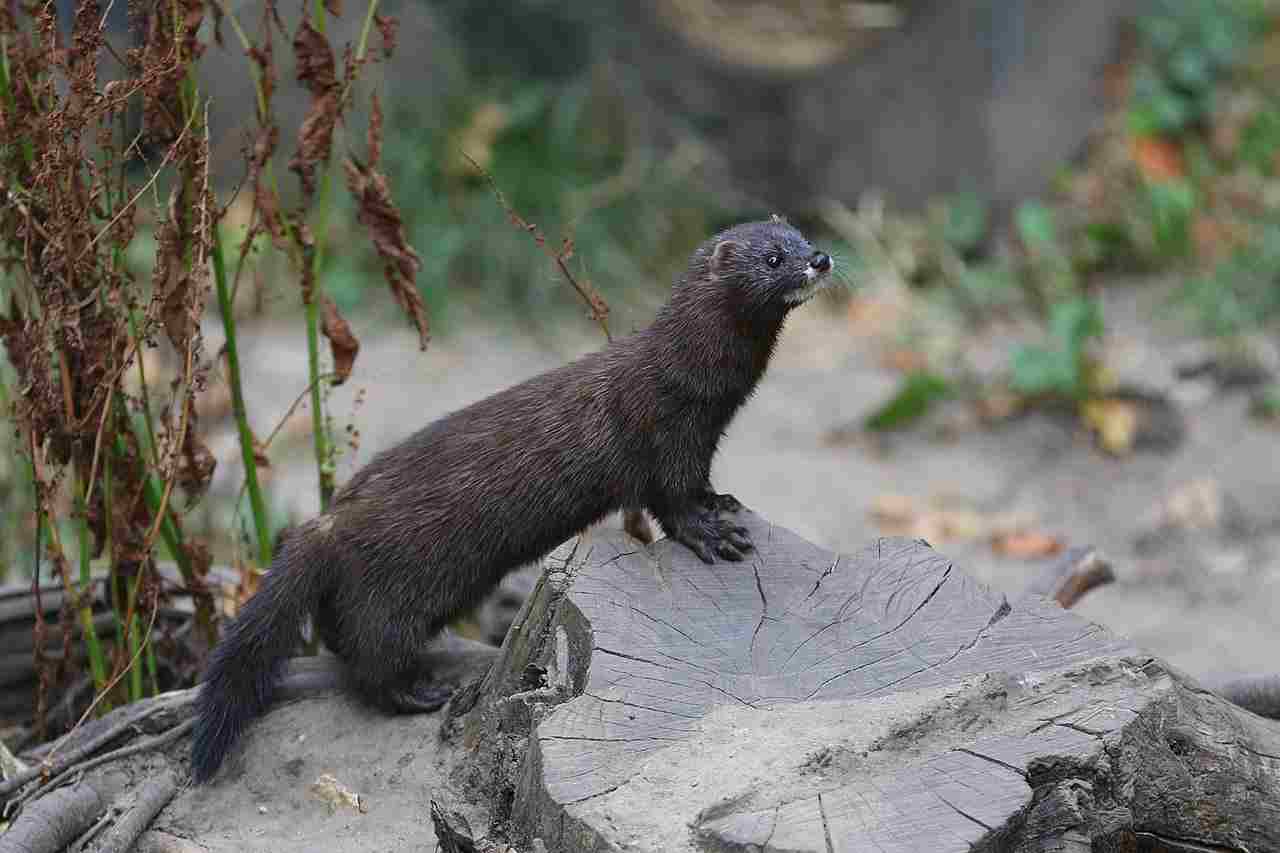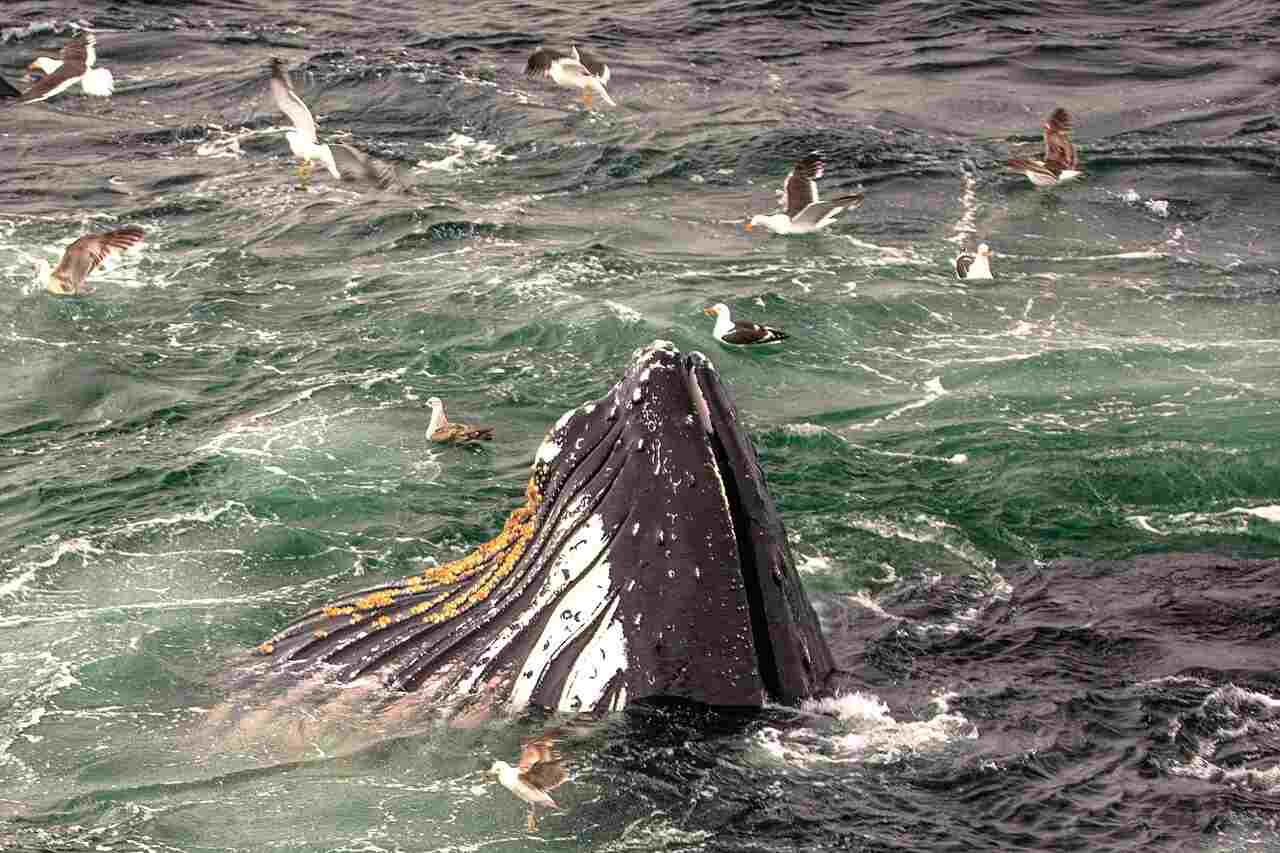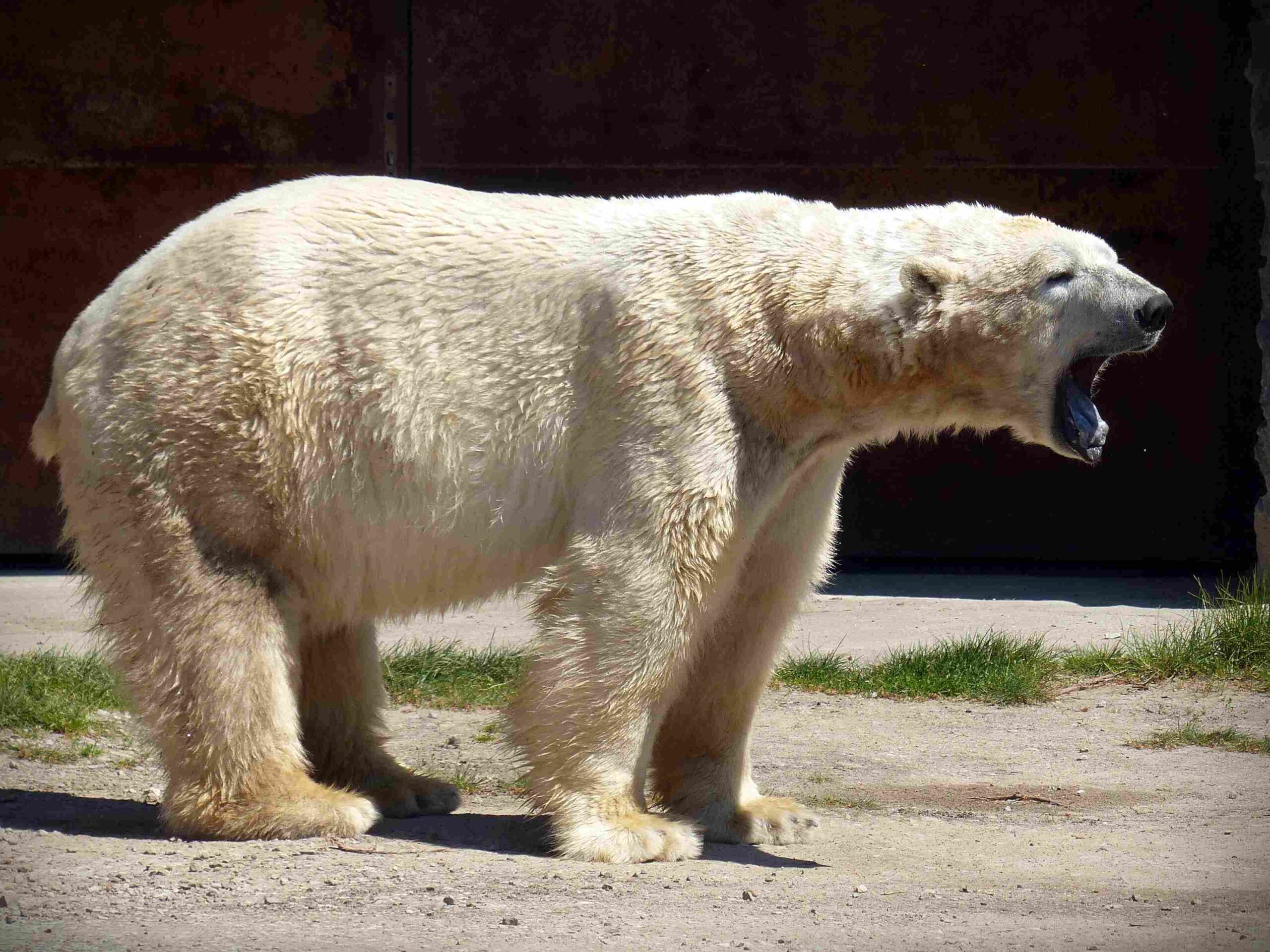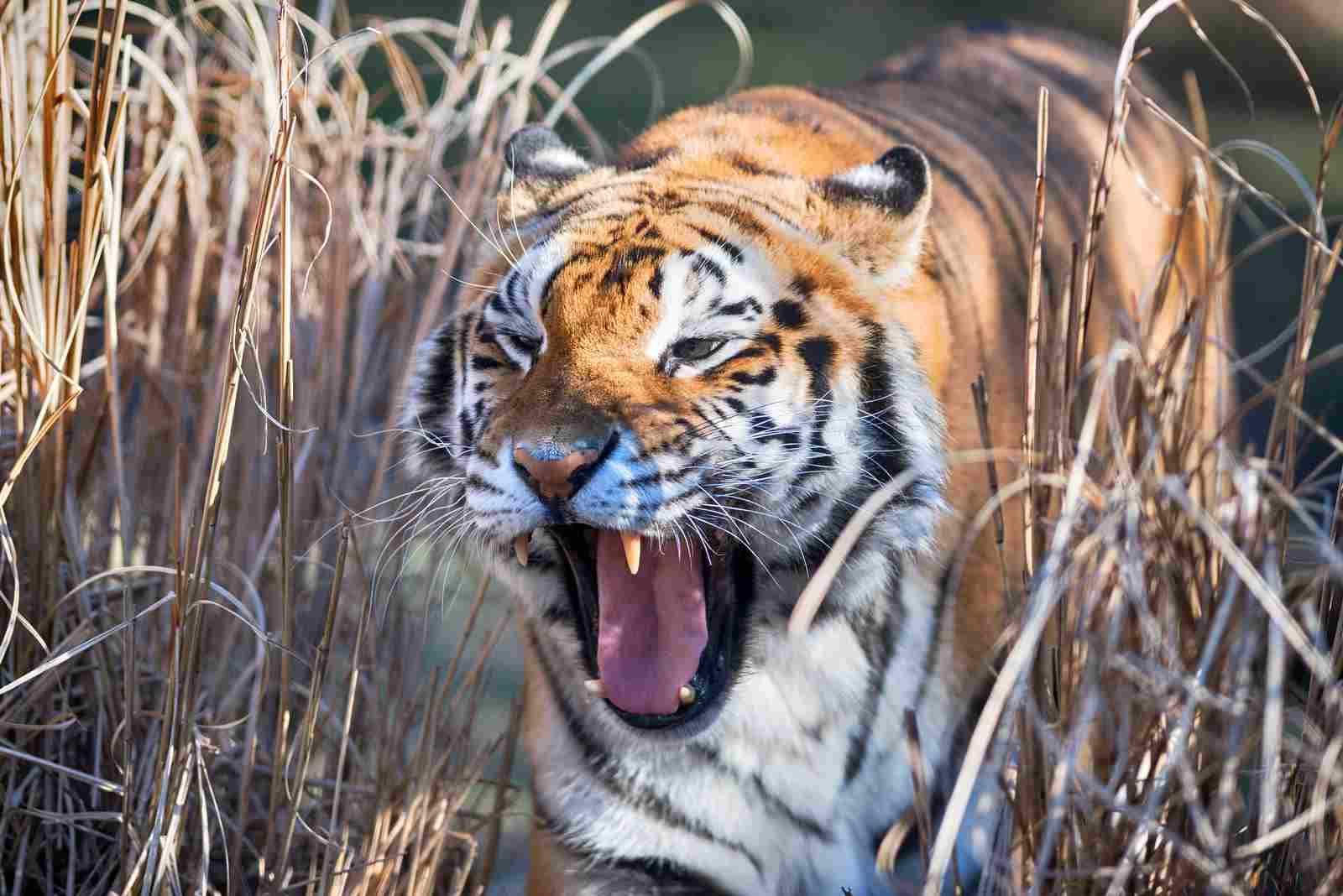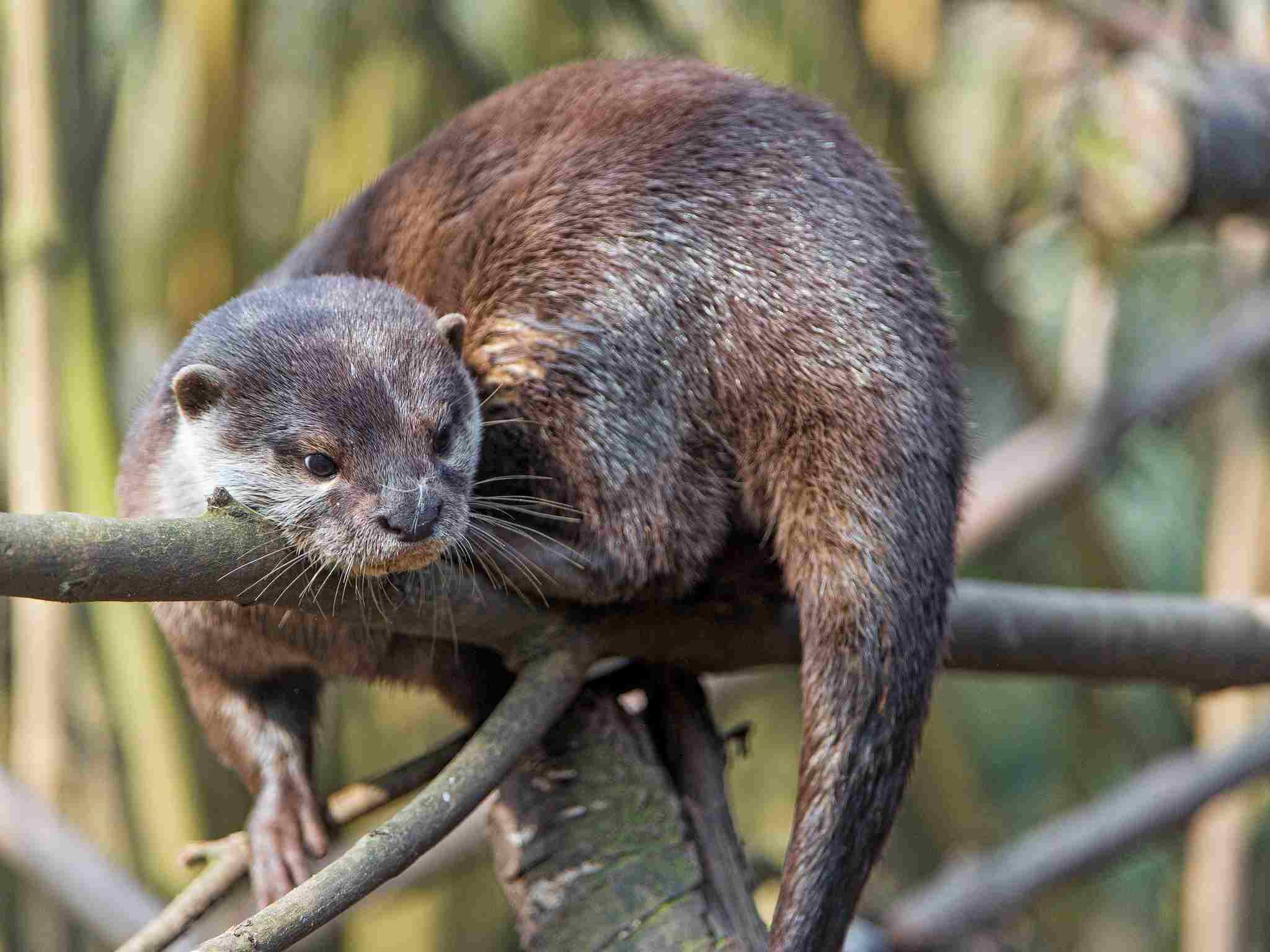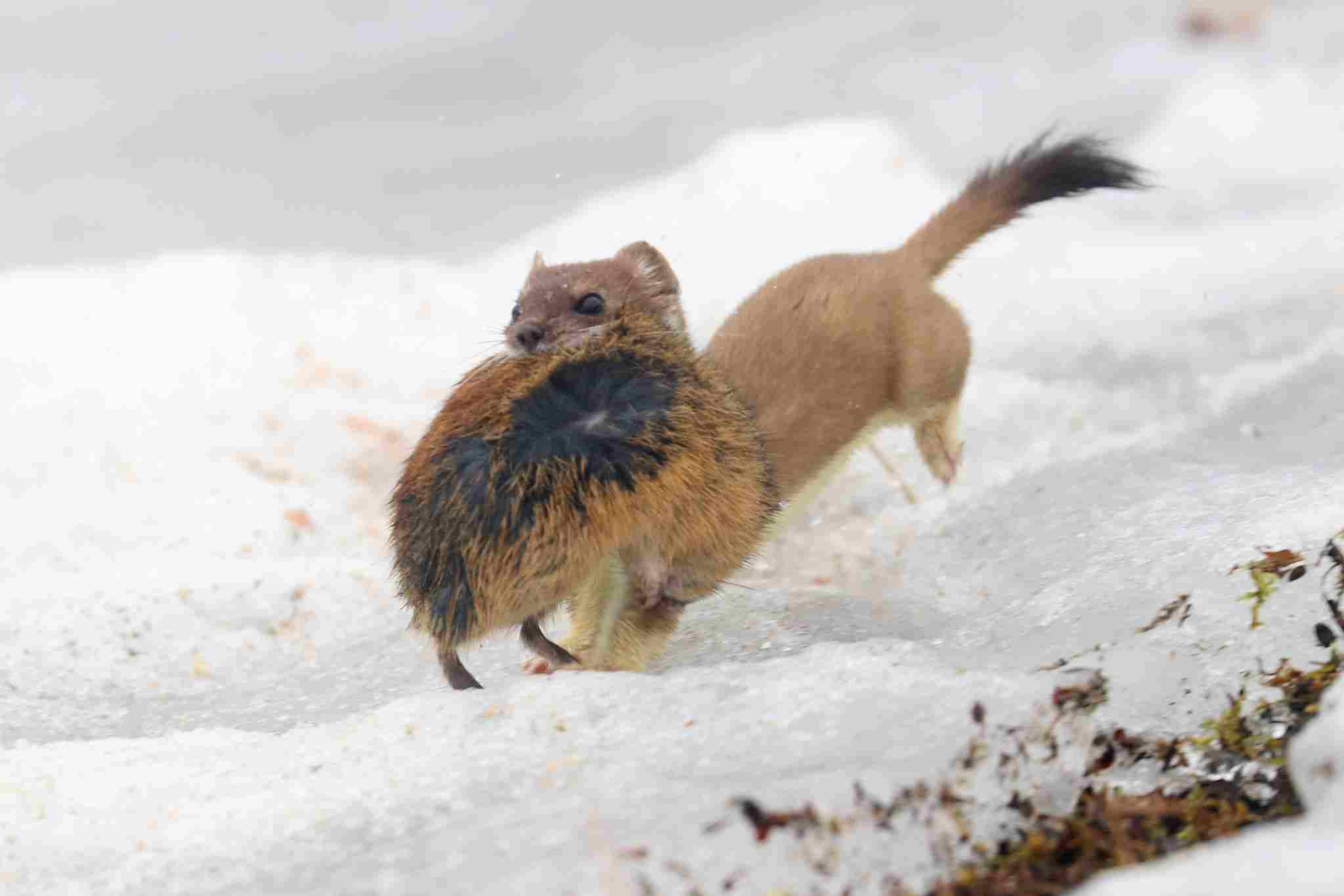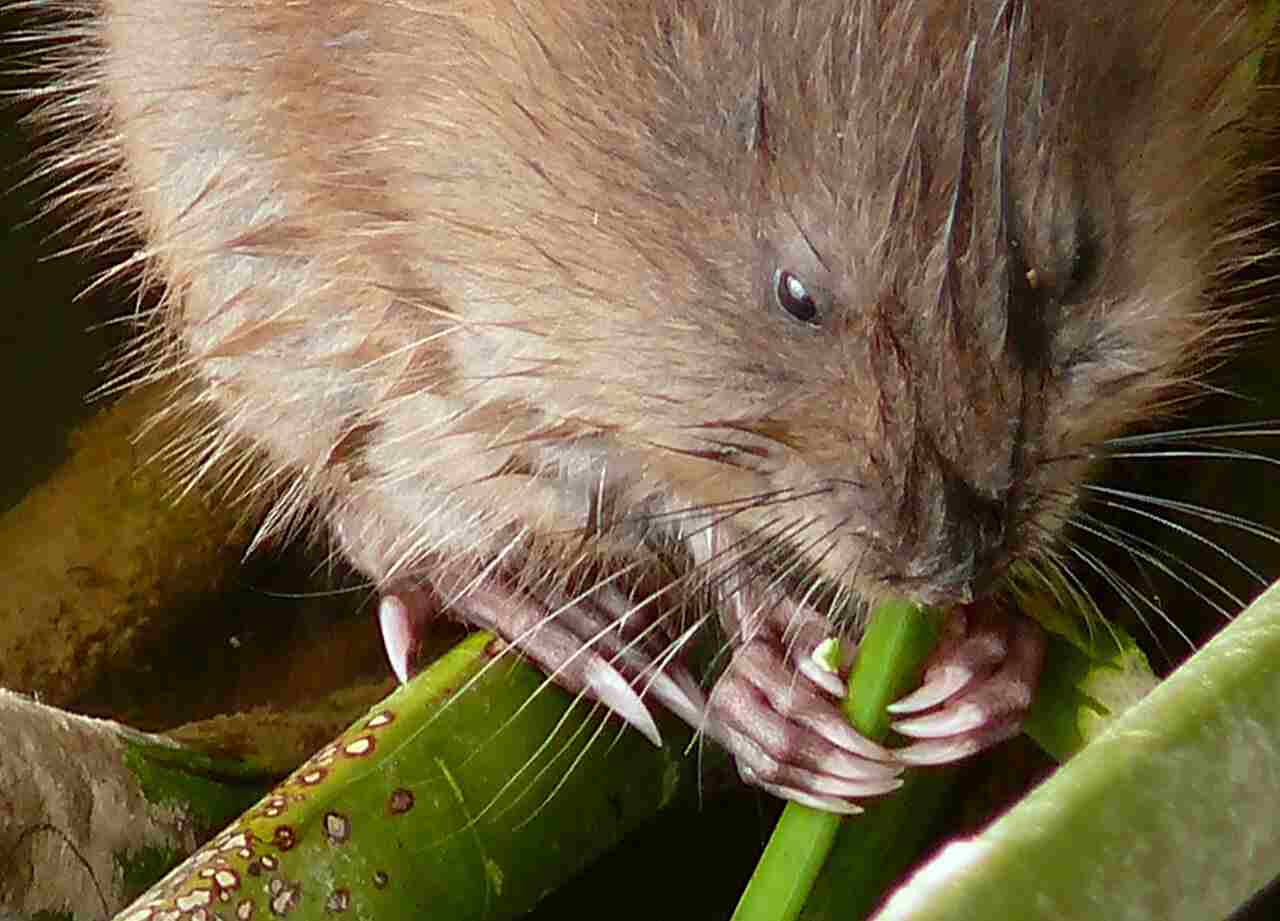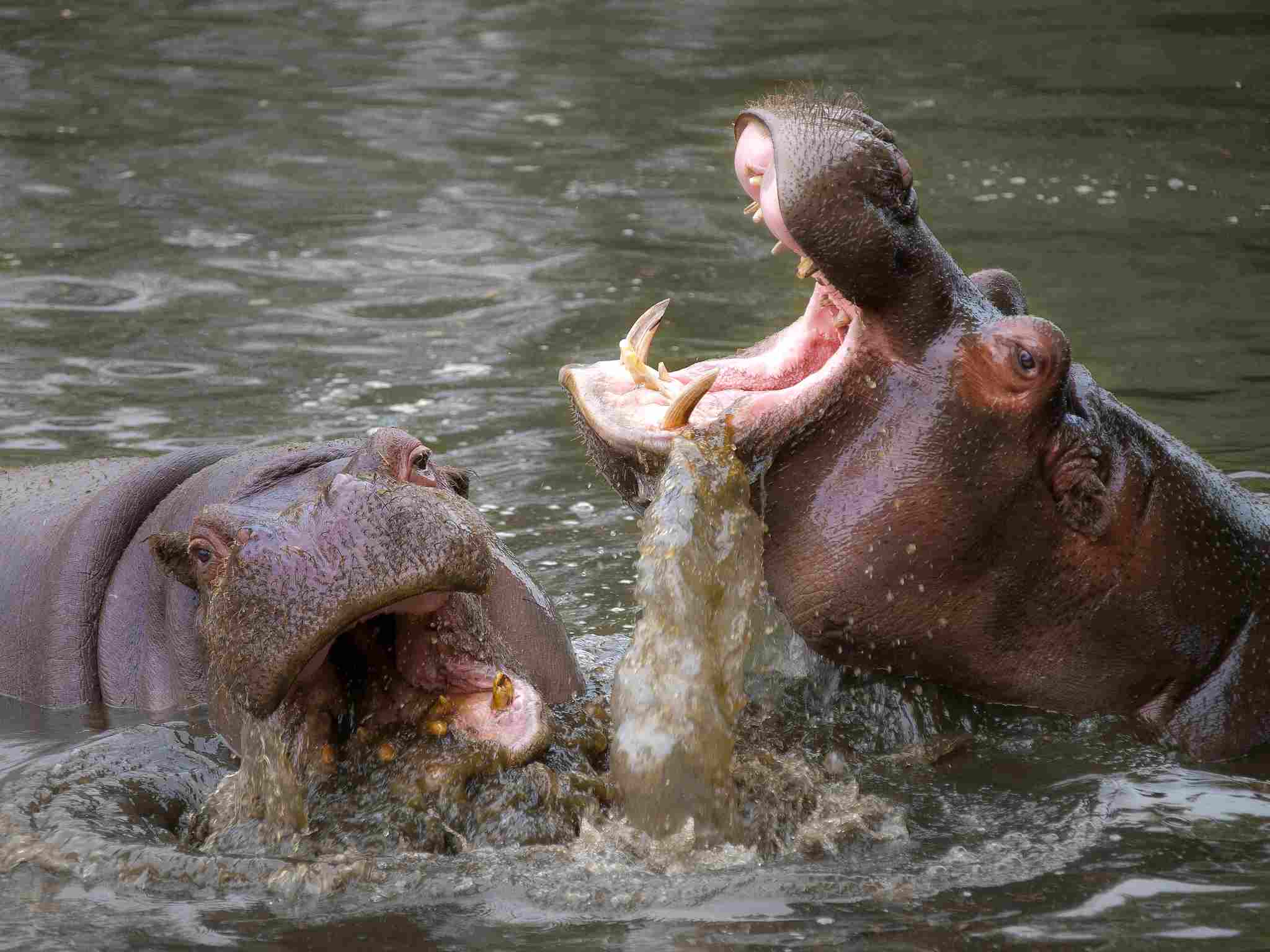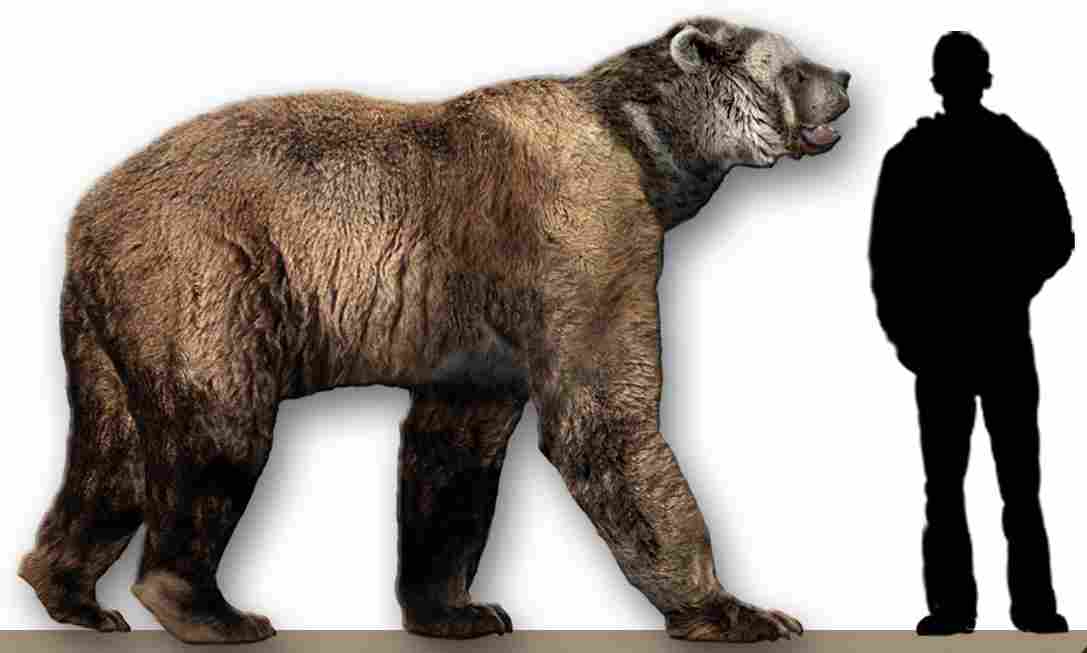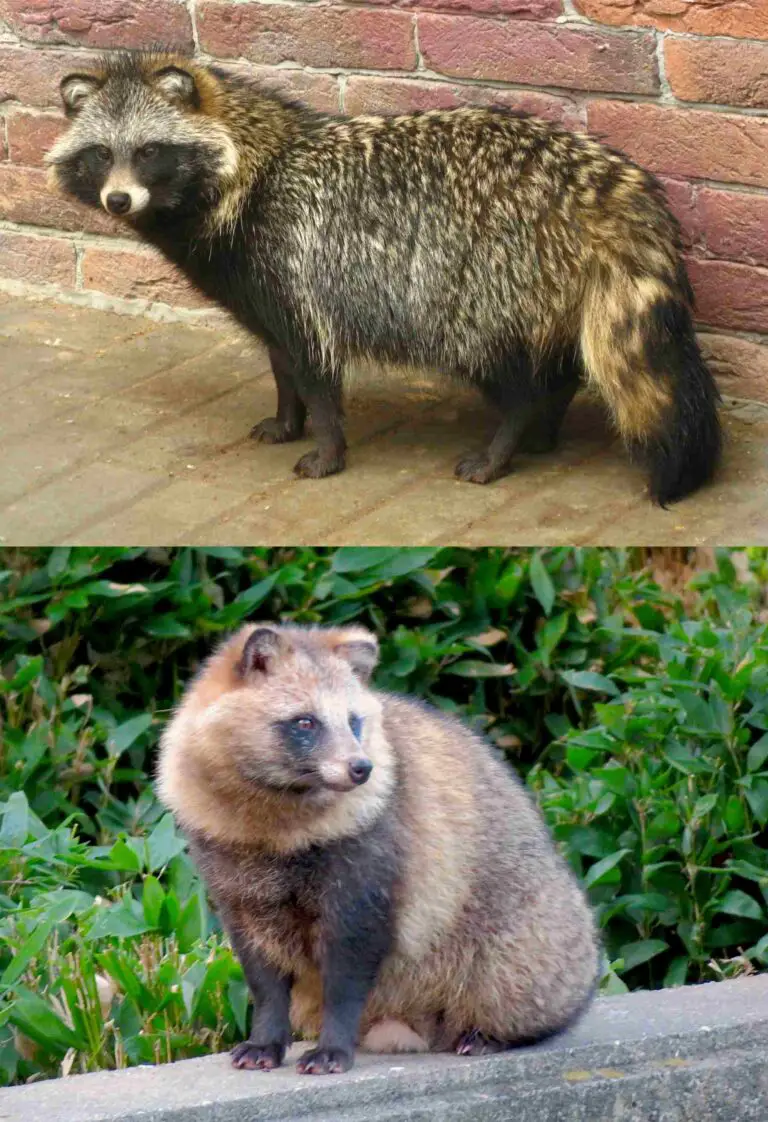7+ Predators in Iceland and Their Characteristics
Examples of predators in Iceland are the Gyrfalcon, Arctic Fox, Arctic Tern, Orca, Mink, Polar Bear, Shark, and Seal. These predators play various roles in their ecosystems, from regulating bird and fish populations to contributing to marine health. The Gyrfalcon is the largest falcon, primarily preying on smaller birds, while the Arctic Fox is a versatile hunter of small mammals and birds. The Arctic Tern is known for its long migrations and aggressive defense of its nesting grounds. Orcas, also known as killer whales, are apex marine predators that hunt fish and marine mammals. Mink, an introduced species, and Polar Bears, occasional visitors from ice floes, can pose threats to native wildlife and human safety. Sharks, particularly the Greenland shark, and seals, such as the common and grey seals, contribute to the marine ecosystem but face various threats from human activities and climate change.
1. Gyrfalcon
The Gyrfalcon is the largest of the falcon species and one of the most magnificent predators in Iceland. Known for its powerful build and striking plumage, which ranges from white to gray to dark brown, the Gyrfalcon is adept at hunting in the harsh Arctic environment. Its primary prey consists of smaller birds, particularly ptarmigan, which it catches in swift, precise dives. The Gyrfalcon’s incredible speed and agility in flight make it a formidable hunter, capable of taking down its prey with great accuracy.
In Iceland, the Gyrfalcon holds a special status, often associated with royalty and strength. It inhabits remote areas, nesting on cliffs and mountainous regions where it can easily spot its prey from a distance. These birds are monogamous and maintain territories, with both the male and female sharing responsibilities in raising their young. The Gyrfalcon plays a significant role in maintaining the ecological balance in Iceland’s wilderness by regulating bird populations through its predatory activities.
2. Arctic Fox
The Arctic Fox is a versatile and resilient predator found throughout Iceland, particularly in coastal regions and tundra landscapes. Adapted to the extreme cold, it has a thick, insulating fur coat that changes color with the seasons—white in winter for camouflage against the snow, and brown or gray in summer to blend in with the rocky terrain. The Arctic Fox is an opportunistic feeder, preying on small mammals, birds, eggs, and even scavenging from larger predators’ kills. It is known for its cunning and resourcefulness, which allow it to thrive in some of the harshest conditions on Earth.
In Iceland, the Arctic Fox has no natural predators, making it the top terrestrial predator. Its adaptability is also evident in its ability to change behavior based on food availability and weather conditions. The Arctic Fox is a key component of Iceland’s ecosystem, helping to control rodent and bird populations and playing an important role in nutrient recycling. Despite its hardiness, this species faces threats from human activities, such as hunting and habitat encroachment.
3. Arctic Tern
The Arctic Tern is a remarkable predator with the longest migration of any bird species, traveling from its Arctic breeding grounds in Iceland to the Antarctic and back each year. This epic journey is driven by its need to feed on fish and other marine life in varying ocean climates. The Arctic Tern is known for its striking white and gray plumage, pointed wings, and long tail streamers. It is an agile hunter, diving into the water to catch small fish and crustaceans, displaying impressive acrobatics in flight.
In Iceland, the Arctic Tern is a common sight during the breeding season, nesting in large colonies along the coastlines and islands. These colonies can be highly protective, with terns aggressively defending their nests from intruders, including humans. The Arctic Tern’s role in the ecosystem is significant, as it contributes to the control of fish and crustacean populations and serves as a key indicator of marine health due to its long migratory pattern and reliance on ocean resources.
4. Orca
The Orca, or killer whale, is one of the most powerful and intelligent marine predators found in the waters surrounding Iceland. Recognized by their distinctive black and white coloration and tall dorsal fins, orcas are apex predators with a diverse diet that includes fish, seals, and sometimes other marine mammals like dolphins or smaller whales. Orcas are highly social creatures, often traveling in pods and exhibiting complex communication patterns and cooperative hunting techniques.
In Iceland, orcas can often be seen off the coast, particularly in the summer months when they follow migrating fish like herring and mackerel. Their presence plays a critical role in maintaining the balance of marine ecosystems, as they help regulate populations of various sea creatures. Additionally, orcas are a major draw for wildlife enthusiasts and tourists, contributing to the local economy. However, they face threats from pollution and changes in fish populations due to overfishing and climate change, highlighting the need for continued conservation efforts.
5. Mink
The Mink is a small yet fierce predator that was introduced to Iceland in the early 20th century for fur farming but has since established itself in the wild. Minks are agile and adaptable, with dark brown fur and a reputation for being voracious hunters. They primarily prey on small mammals, birds, fish, and amphibians, often causing significant disruption to native ecosystems due to their aggressive nature and lack of natural predators in Iceland.
In Iceland, mink populations have spread across the country, inhabiting riverbanks, lakeshores, and coastal areas where they can hunt for food. Their introduction has posed challenges for native wildlife, particularly bird species whose eggs and chicks are vulnerable to mink predation. Efforts to manage and control mink populations in Iceland continue, with trapping and other measures aimed at reducing their impact on native ecosystems. Despite their disruptive presence, minks remain a notable predator in the Icelandic landscape.
6. Polar Bear
The Polar Bear is a rare but formidable predator in Iceland, primarily originating from the drifting ice floes of Greenland and the Arctic. These large, powerful mammals are the largest land carnivores, known for their distinctive white fur, which provides camouflage in snowy environments. Polar bears are apex predators, primarily preying on seals, but their opportunistic nature allows them to scavenge and hunt other prey when necessary.
In Iceland, polar bears are occasional visitors rather than permanent residents, typically arriving on icebergs that have broken away and drifted across the North Atlantic. When they do arrive, their presence can cause concern due to their potential threat to humans and livestock. Polar bears’ journeys to Iceland are generally viewed as a consequence of climate change, with melting sea ice forcing them to travel further in search of food. This has sparked conversations about conservation efforts and the impacts of global warming on Arctic wildlife.
7. Shark
Sharks are common predators in Icelandic waters, with several species inhabiting the surrounding seas, including the Greenland shark, a large and slow-moving deep-sea species. Greenland sharks are known for their longevity, potentially living for centuries, and for their adaptation to cold, deep environments. These sharks primarily feed on fish and marine mammals and are known to scavenge when the opportunity arises.
In Iceland, the Greenland shark is most famous for its role in producing the traditional Icelandic dish, hákarl, which involves fermenting the shark’s meat to remove its high levels of urea and trimethylamine oxide. Sharks play a crucial role in maintaining the health of marine ecosystems by regulating fish populations and cleaning up dead or dying marine life. The challenges they face include overfishing, climate change, and bycatch, prompting efforts to understand and conserve these important ocean predators.
8. Seal
Seals are abundant in Iceland, with several species inhabiting its coastlines and waters, including the common seal (harbor seal) and the grey seal. These marine predators are well-adapted to their environment, with streamlined bodies and thick blubber to insulate against cold temperatures. Seals primarily feed on fish and crustaceans, diving deep into the ocean to hunt for their prey. They are also known to be playful and curious, often observed resting on coastal rocks and beaches.
In Iceland, seals play a significant role in the marine ecosystem, serving as both predators and prey for larger marine predators like orcas and sharks. They are also a popular attraction for tourists, with seal-watching tours being a common activity in coastal regions. Despite their relative abundance, seals face threats from climate change, pollution, and human activities like fishing and tourism, necessitating ongoing conservation efforts to ensure their populations remain stable.
*Summary
-
Gyrfalcon:
-
Largest of the falcon species, with varied plumage.
-
Hunts smaller birds, primarily ptarmigan.
-
Nests on cliffs and mountainous regions.
-
Plays a role in regulating bird populations.
-
-
Arctic Fox:
-
Adaptable to extreme cold, with color-changing fur.
-
Opportunistic feeder, preys on small mammals, birds, and eggs.
-
Top terrestrial predator in Iceland with no natural predators.
-
Faces threats from hunting and habitat encroachment.
-
-
Arctic Tern:
-
Migrates from Iceland to Antarctica and back annually.
-
Hunts fish and crustaceans through diving.
-
Nests in large colonies and aggressively defends territory.
-
Contributes to the control of marine life populations.
-
-
Orca:
-
Known as killer whales; apex marine predators.
-
Hunts fish, seals, and other marine mammals.
-
Travels in social pods with complex communication.
-
Faces threats from pollution and overfishing.
-
-
Mink:
-
Introduced to Iceland for fur farming.
-
Hunts small mammals, birds, and fish.
-
Poses threats to native bird populations.
-
Managed through trapping to reduce ecological impact.
-
-
Polar Bear:
-
Occasional visitors to Iceland via drifting ice floes.
-
Large predators preying on seals.
-
Their presence is a consequence of climate change.
-
Raises safety concerns for humans and livestock.
-
-
Shark:
-
Greenland shark is common in Icelandic waters.
-
Feeds on fish and marine mammals; also scavenges.
-
Important for producing traditional Icelandic dish hákarl.
-
Faces challenges from overfishing and climate change.
-
-
Seal:
-
Several species in Iceland, including common and grey seals.
-
Feeds on fish and crustaceans.
-
Popular among tourists for seal-watching.
-
Faces threats from climate change, pollution, and human activities.
-
| Predator | Characteristics |
| Gyrfalcon |
Largest falcon, varied plumage; hunts birds; nests on cliffs; regulates bird populations.
|
| Arctic Fox |
Adaptable; opportunistic feeder; top terrestrial predator; faces threats from hunting and habitat encroachment.
|
| Arctic Tern |
Migrates to Antarctica; hunts fish and crustaceans; nests in large colonies; aggressively defends territory.
|
| Orca |
Apex marine predator; hunts fish and marine mammals; travels in social pods; faces threats from pollution and overfishing.
|
| Mink |
Introduced species; hunts small mammals and birds; poses threats to native bird populations; managed through trapping.
|
| Polar Bear |
Occasional visitors from ice floes; preys on seals; linked to climate change; safety concerns for humans and livestock.
|
| Shark |
Greenland shark is common; feeds on fish and marine mammals; used for hákarl; faces challenges from overfishing and climate change.
|
| Seal |
Common and grey seals; feed on fish and crustaceans; popular with tourists; faces threats from climate change, pollution, and human activities.
|
